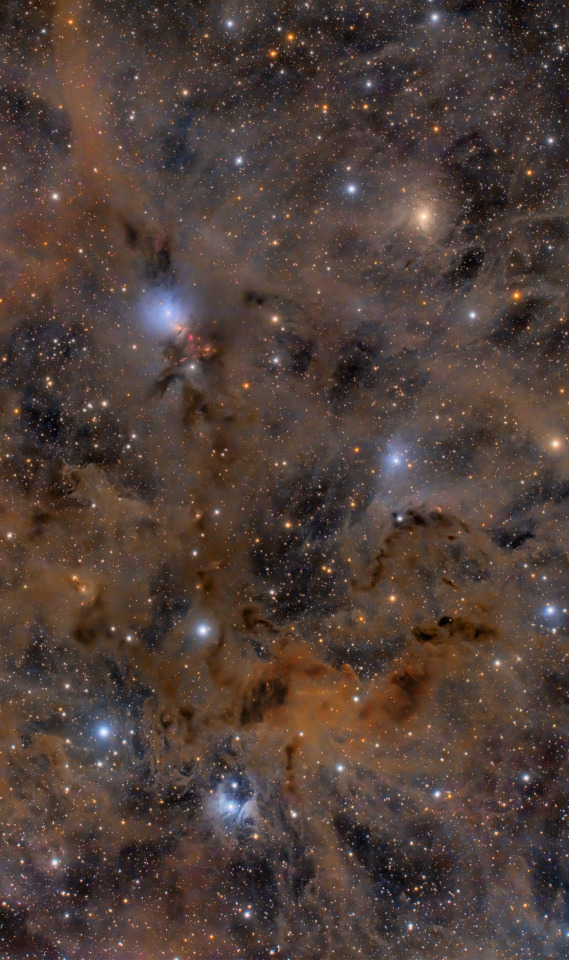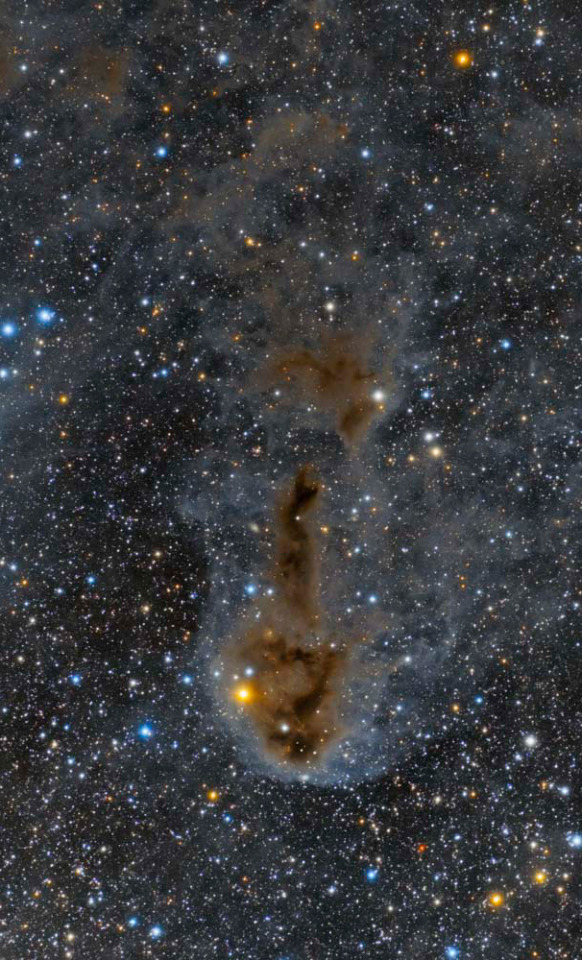Worm Saliva Breaks Down Tough Plastic
Worm Saliva Breaks Down Tough Plastic
Polyethylene, a durable plastic, is widely considered one of the worst forms of plastic pollution, but chemicals found the saliva of the wax worm may hold the key to breaking it down. One hours worth of exposure to the saliva breaks down the plastic by the equivalent of years worth of weathering.
There are two enzymes responsible for this degradation, and it’s believed that they are the first effective agents found in nature.
Polyethylene comprises 30% of production of a wide range of materials such as pipes, flooring, and bottles. Its hardiness comes from its resistance to oxygen. In order to get oxygen into the plastic, it has to be treated with UV light, but, the wax worms saliva seems to have a similar, if not improved, effect.
Wax worms are well known for destroying honey bee hives, and researchers say that its this ability to destroy hives that may hold the key to their ability to degrade plastics.
The study, published in the journal, Nature, is led by a team of Spanish researchers, who now want to research further into the degradation of polyethylene by wax worm saliva, and hope that one day, people may be able to have a home kit that they can use to breakdown the polyethylene at home.
Source: BBC News, written by Matt Magrath , and, Sanluis-Verdes, A., et al., (2022). Wax worm saliva and the enzymes therein are the key to polyethylene degradation by Galleria mellonella. Nature Communications, 13(1). Available at: https://www.nature.com/articles/s41467-022-33127-w (Accessed: 5th October 2022)
More Posts from Astrowizkids and Others
Psychology 😂
Physics: i mean you could technically lick a pulley (might be harder if it's moving) jkjk
Software engineering hits a little bit too close to home
Astronomy...why can i not disagree with this statement 😂

Astronomy I-

There is literally nothing that can compete with how satisfying cancelling down an equation is
I wish I could just invent an entire branch of mathematics just because I needed it to perform other experiments...
Isaac Newton invented calculus to perform his other experiments

Influenced by Galileo & Kepler, Newton became the father of physics

Messier 101 : Big, beautiful spiral galaxy M101 is one of the last entries in Charles Messier’s famous catalog, but definitely not one of the least. About 170,000 light-years across, this galaxy is enormous, almost twice the size of our own Milky Way. M101 was also one of the original spiral nebulae observed by Lord Rosse’s large 19th century telescope, the Leviathan of Parsontown. Assembled from 51 exposures recorded by the Hubble Space Telescope in the 20th and 21st centuries, with additional data from ground based telescopes, this mosaic spans about 40,000 light-years across the central region of M101 in one of the highest definition spiral galaxy portraits ever released from Hubble. The sharp image shows stunning features of the galaxy’s face-on disk of stars and dust along with background galaxies, some visible right through M101 itself. Also known as the Pinwheel Galaxy, M101 lies within the boundaries of the northern constellation Ursa Major, about 25 million light-years away. via NASA

Moon: The Hunt for Artemis
l Andrew McCarthy & Connor Matherne
there is a lot of math in physics . . .

"If you want to be a physicist, you must do three things -first , study mathematics, second, study more mathematics, and third, do the same."
Arnold Sommerfeld
-
 honeybeebutch reblogged this · 2 years ago
honeybeebutch reblogged this · 2 years ago -
 utot-atbp liked this · 2 years ago
utot-atbp liked this · 2 years ago -
 deifillun liked this · 2 years ago
deifillun liked this · 2 years ago -
 theeyethatbinds reblogged this · 2 years ago
theeyethatbinds reblogged this · 2 years ago -
 theeyethatbinds liked this · 2 years ago
theeyethatbinds liked this · 2 years ago -
 deifillun reblogged this · 2 years ago
deifillun reblogged this · 2 years ago -
 bug-catcher-jecht liked this · 2 years ago
bug-catcher-jecht liked this · 2 years ago -
 cletusinthechi liked this · 2 years ago
cletusinthechi liked this · 2 years ago -
 big-bee-png liked this · 2 years ago
big-bee-png liked this · 2 years ago -
 napaaqtuk liked this · 2 years ago
napaaqtuk liked this · 2 years ago -
 originsoforanges reblogged this · 2 years ago
originsoforanges reblogged this · 2 years ago -
 originsoforanges liked this · 2 years ago
originsoforanges liked this · 2 years ago -
 chiprupt liked this · 2 years ago
chiprupt liked this · 2 years ago -
 summerstormsandnoodles reblogged this · 2 years ago
summerstormsandnoodles reblogged this · 2 years ago -
 summerstormsandnoodles liked this · 2 years ago
summerstormsandnoodles liked this · 2 years ago -
 mickdickies reblogged this · 2 years ago
mickdickies reblogged this · 2 years ago -
 trendy-tardigrade reblogged this · 2 years ago
trendy-tardigrade reblogged this · 2 years ago -
 trendy-tardigrade liked this · 2 years ago
trendy-tardigrade liked this · 2 years ago -
 dawnsiren reblogged this · 2 years ago
dawnsiren reblogged this · 2 years ago -
 honeybeebutch liked this · 2 years ago
honeybeebutch liked this · 2 years ago -
 deadywitch liked this · 2 years ago
deadywitch liked this · 2 years ago -
 checkoutmycoolguys liked this · 2 years ago
checkoutmycoolguys liked this · 2 years ago -
 pancake-skin liked this · 2 years ago
pancake-skin liked this · 2 years ago -
 cybernetictemporalautomotom liked this · 2 years ago
cybernetictemporalautomotom liked this · 2 years ago -
 timesofscience reblogged this · 2 years ago
timesofscience reblogged this · 2 years ago -
 an-enigmatic-mind reblogged this · 2 years ago
an-enigmatic-mind reblogged this · 2 years ago -
 invioletswithyou liked this · 2 years ago
invioletswithyou liked this · 2 years ago -
 the-foolish-maker-of-worlds liked this · 2 years ago
the-foolish-maker-of-worlds liked this · 2 years ago -
 hmantegazzi reblogged this · 2 years ago
hmantegazzi reblogged this · 2 years ago -
 symbiotic-science reblogged this · 2 years ago
symbiotic-science reblogged this · 2 years ago -
 gaylienz liked this · 2 years ago
gaylienz liked this · 2 years ago -
 booksandsmiles liked this · 2 years ago
booksandsmiles liked this · 2 years ago -
 distracted-disaster reblogged this · 2 years ago
distracted-disaster reblogged this · 2 years ago -
 brokechemist liked this · 2 years ago
brokechemist liked this · 2 years ago -
 geekybadassorchids reblogged this · 2 years ago
geekybadassorchids reblogged this · 2 years ago -
 astrowizkids reblogged this · 2 years ago
astrowizkids reblogged this · 2 years ago -
 astrowizkids liked this · 2 years ago
astrowizkids liked this · 2 years ago -
 geekybadassorchids liked this · 2 years ago
geekybadassorchids liked this · 2 years ago -
 distracted-disaster liked this · 2 years ago
distracted-disaster liked this · 2 years ago -
 timberwolf08 reblogged this · 2 years ago
timberwolf08 reblogged this · 2 years ago -
 timberwolf08 liked this · 2 years ago
timberwolf08 liked this · 2 years ago -
 twowaypr reblogged this · 2 years ago
twowaypr reblogged this · 2 years ago
Astronomy. Physics. Stargazing. Access my website here: https://astrowizkids.homesteadcloud.com/blog
34 posts







